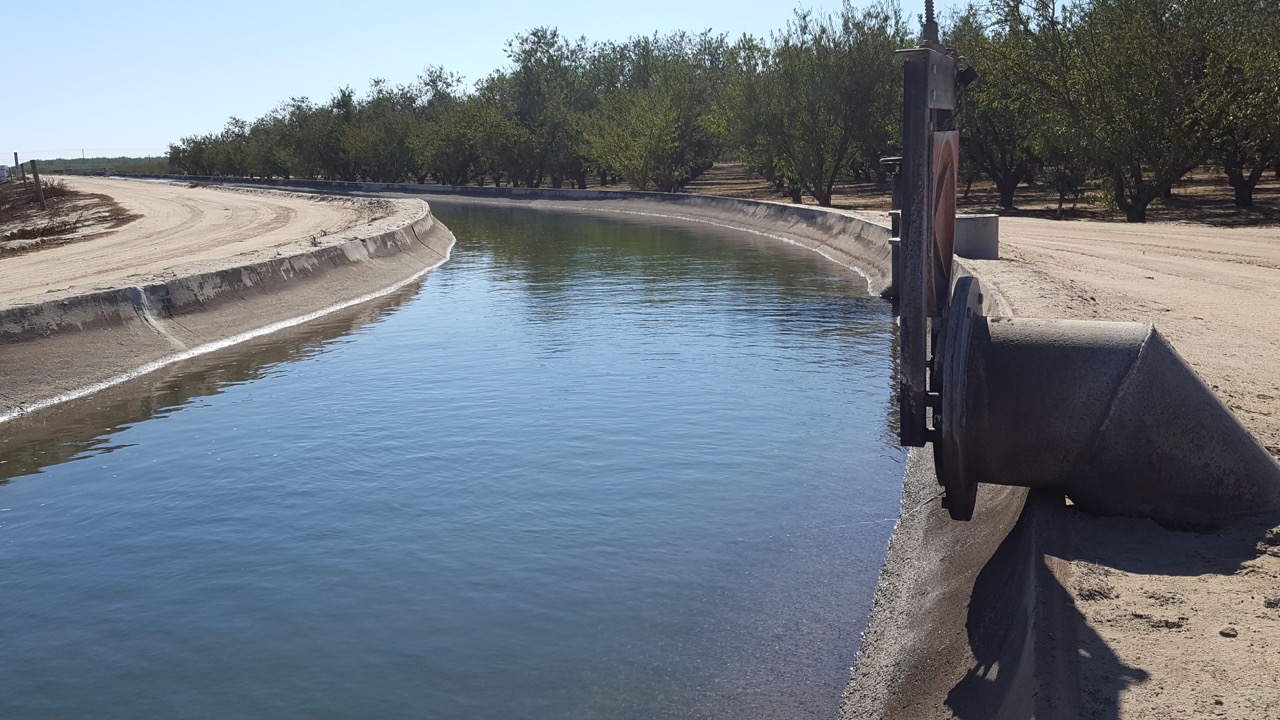Water Board Plan Would Devastate Farmers
Bay-Delta Water Quality Control Plan Could Devastate Farmers
By Brian German, Associate Broadcaster
The State Water Resources Control Board held a public hearing recently to listen to input from the public on its Bay-Delta Water Quality Control Plan that would devastate famers around Modesto and Turlock. Casey Hashimoto is the General Manager of the Turlock Irrigation District. He was on hand to voice his doubts about the water board’s proposal.
“I just wanted to least give them a flavor of some of the big concerns that would impact TID in our region,” Hashimoto said.
The proposal calls for at least a 40 percent increase of unimpaired flows on the Tuolumne, Merced and Stanislaus rivers each year from February through June. Hashimoto noted that one analysis indicates that if the proposed plan were in place during both the 2014 and 2015 irrigation seasons, Turlock farmers would have received zero water. At the meeting, Hashimoto voiced some of the major concerns regarding the proposal.
“We’re an electric utility, so obviously the hydropower impacts us. … I only picked like three that are kind of high profile that really impact our area. Certainly, hydropower, greenhouse gas issues – there’s a whole number of things that we can go on and on about,” Hashimoto said.
The reason behind the specifics in the proposal is to provide “reasonable protection of fish and wildlife beneficial uses in the Watershed and its three eastside salmon-bearing tributaries” located in the Lower San Joaquin River. However, the Water Board’s own research shows the average increase of Chinook salmon is a little more than one thousand fish each year. Because of this negligible increase, Hashimoto believes the proposal is neither reasonable nor beneficial. It’s also important to note that most salmon, as much as 98 percent in some years, are being eaten by non-native species such as bass before they exit the Tuolumne River.
Hashimoto noted the types of commodities that will be negatively impacted if the Water Board’s plan comes into effect. “The biggest percentage wise of our 145,ooo irrigated acres is almonds right now, so it’s about a third of the acreage, but we also have a lot of forage crops … so we have corn, oats, alfalfa – that makes up a lot of big percentage of our acreage,” he said.
As a 30-year veteran of the District, Hashimoto was appointed to his current position in 2011 by the TID Board of Directors. Before becoming a part of the Turlock Irrigation District, Hashimoto was involved in a family farming operation along with other ag-related businesses, so he knows that family farms play a big role in Turlock agriculture. “We have approximately 5,000 family farms in the district. And we’re not big corporate farms. We’re like less than 30 acres,” Hashimoto said.










